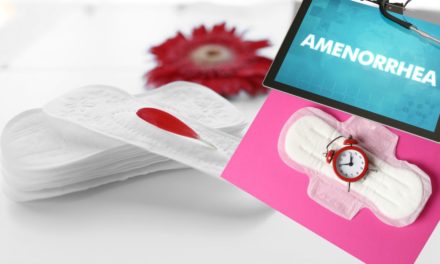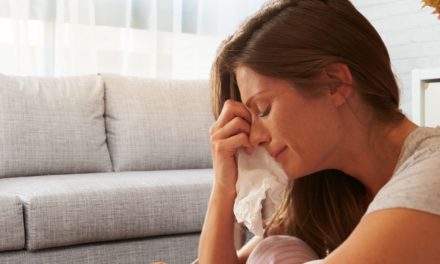Introduction
Dysmenorrhea is a common gynecological condition that affects many women during their reproductive months. Also known as painful periods or menstrual cramps, dysmenorrhea can range from mild discomfort to debilitating pain. In this article, we aim to provide a comprehensive overview of dysmenorrhea, including its types, causes, symptoms and available treatment options. By shedding light on this condition, we hope to empower women to recognize the symptoms, seek appropriate medical care, and find relief from menstrual cramps.
Types of Dysmenorrhea
There are two main types of dysmenorrhea:
Primary dysmenorrhea:
Primary dysmenorrhea is the most common type and occurs without an underlying medical condition. It usually begins during adolescence and often improves with age or after childbirth.
Secondary dysmenorrhea:
Secondary dysmenorrhea is characterized by painful periods as a result of an underlying medical condition. It can develop later in life and is often associated with conditions such as endometriosis, uterine fibroids, pelvic inflammatory disease (PID), or adenomyosis.
Causes of Dysmenorrhea
Prostaglandin release:
During menstruation, the uterus produces prostaglandins, hormone-like substances that cause the muscles of the uterus to contract. High prostaglandin levels can lead to more intense contractions and increased pain.
Hormonal imbalance:
Irregular hormonal fluctuations, especially in estrogen and progesterone levels, can contribute to dysmenorrhea.
Structural abnormalities:
Conditions such as uterine fibroids or adenomyosis, where the lining of the uterus grows into the muscle wall, can cause painful periods.
Pelvic inflammatory disease (PID):
PID, the result of sexually transmitted infections (STIs), can cause inflammation and pain during menstruation.
Endometriosis:
Endometriosis occurs when endometrial tissue grows outside the uterus, causing pain and inflammation during menstruation.
Recognizing the Symptoms of Dysmenorrhea
The main symptom of dysmenorrhea is pelvic pain or cramping that usually occurs before or during menstruation. The pain can range from mild to severe and can be accompanied by lower back pain, nausea, vomiting, fatigue and headaches.
Dealing with Dysmenorrhea
For women experiencing dysmenorrhea, several self-care measures can provide relief:
Heat treatment:
Applying a heating pad or taking a warm bath can help relax the uterine muscles and reduce pain.
Over-the-counter pain relievers:
Nonsteroidal anti-inflammatory drugs (NSAIDs), such as ibuprofen, can reduce inflammation and relieve menstrual cramps.
Exercise and relaxation techniques:
Regular exercise and relaxation exercises such as yoga or meditation can help manage stress and reduce the intensity of pain.
Dietary changes:
Eating a balanced diet low in caffeine, salt and sugar can help reduce inflammation and reduce pain.
Seeking medical treatment
If dysmenorrhea significantly interferes with daily activities or if over-the-counter treatments provide insufficient relief, medical attention should be sought. A health care provider can perform a thorough evaluation, including a pelvic exam, to identify any underlying conditions contributing to the pain.
Medical treatment options
Depending on the severity and underlying cause of dysmenorrhea, medical treatment options may include:
Hormonal birth control:
Hormonal contraceptives, such as oral pills, patches, or intrauterine devices (IUDs), can regulate hormonal fluctuations and reduce menstrual cramps.
Pain medications:
In more severe cases, a healthcare provider may prescribe stronger pain medications to treat dysmenorrhea.
Surgery:
In cases where dysmenorrhea is due to structural abnormalities, surgical intervention may be necessary to relieve pain.
Result
Dysmenorrhea is a common condition that affects many women, causing pain and discomfort during menstruation. Understanding the types, causes, symptoms, and available treatment options of dysmenorrhea is critical to effectively managing the condition. Although mild dysmenorrhea can often be relieved with self-care measures, it is important to seek medical attention for severe or persistent pain. By empowering women with knowledge and support, we can break the silence about menstrual health and help women live happier and healthier lives during their reproductive years.










